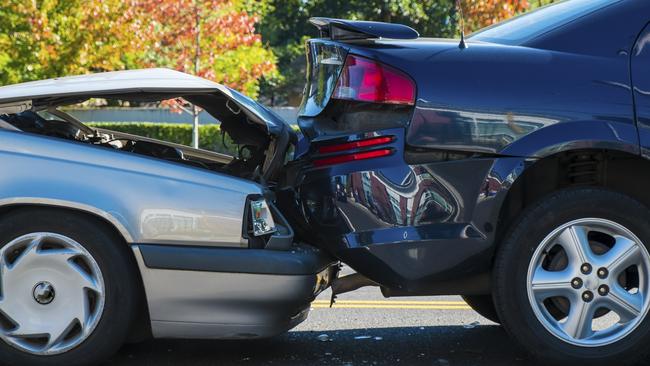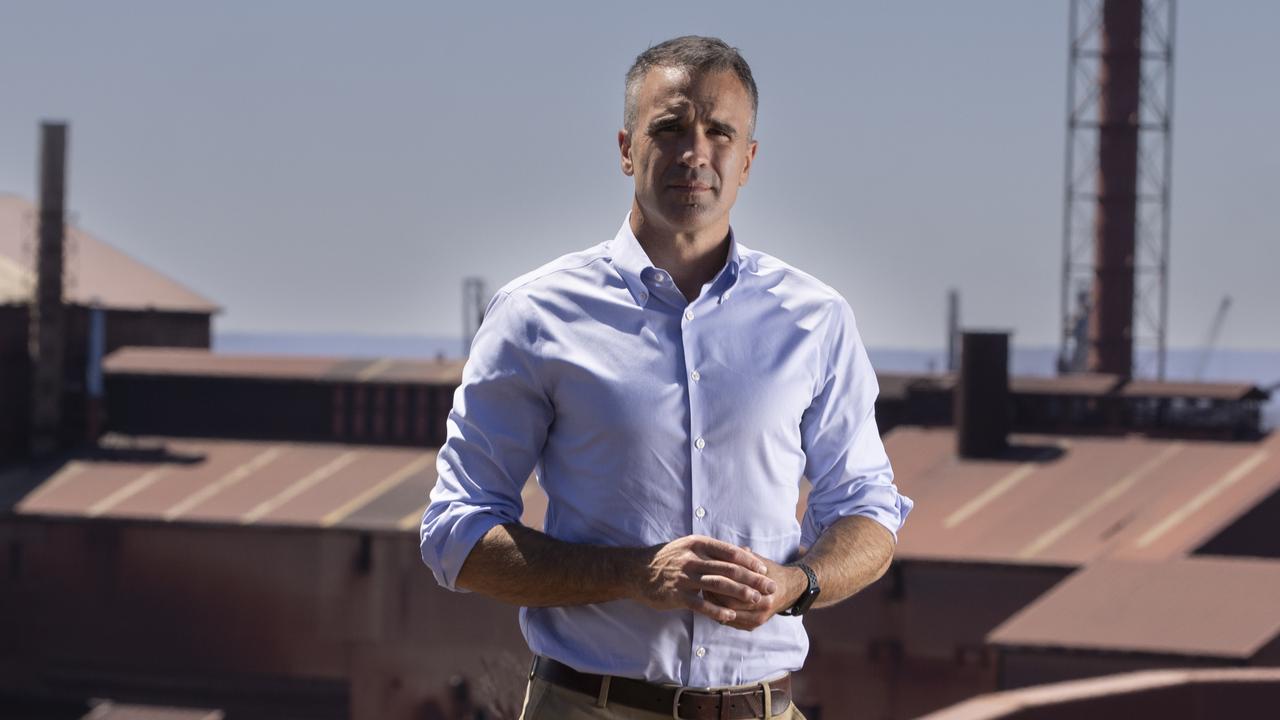Qld CTP: Insurers ‘reaping up to $80 profits’ per policy, 4 times what regulator was anticipating
INSURERS are estimated to have made staggering profits on compulsory Queensland car insurance policies - way above what a government regulator anticipated.

QLD Business
Don't miss out on the headlines from QLD Business. Followed categories will be added to My News.
INSURERS are estimated to have made profits of up to $80 on every compulsory Queensland car insurance policy, almost four times what a government regulator had anticipated.
The estimated profits come despite some insurers having lobbied regulators to lift mandated price ceilings on compulsory third party insurance.
None of the scheme’s four insurers – Suncorp, Allianz, QBE and RACQ – would provide details about CTP profits in the past five years.
Regulator, the Motor Accident Insurance Commission, revealed to The Courier-Mail how much its independent actuarial expert believes industry has profited – $65 to $81 per car policy per year, equating to profits of between 25 per cent and 31 per cent of premiums taken by insurers.
That’s higher than the system’s assumption that insurers would have a profit allowance of 8 per cent.
Vehicle owners are often covered for injuries in accidents under CTP, billed as part of vehicle registration.
MAIC regulates the scheme and insurers set prices within quarterly ceiling and floor limits. All insurers now charge $368.60 which includes levies and insurer premiums.
The regulator is reviewing the scheme. Its committee is to report to the Government by Friday. The review includes examining insurer profits.
There has been a dispute about how profitable the system is. Insurers have claimed it needed to provide better returns and NRMA actually pulled out of CTP in 2014. The difference in profitability expectations might be partly because insurers took “a more conservative view of possible future events”, MAIC said.
MAIC also said insurers often priced CTP at or near the top of the regulated ceiling.
The RACQ, in its submission, said the ceiling price often just allowed a “minimum return on capital”.
The insurers did not answer many questions.


